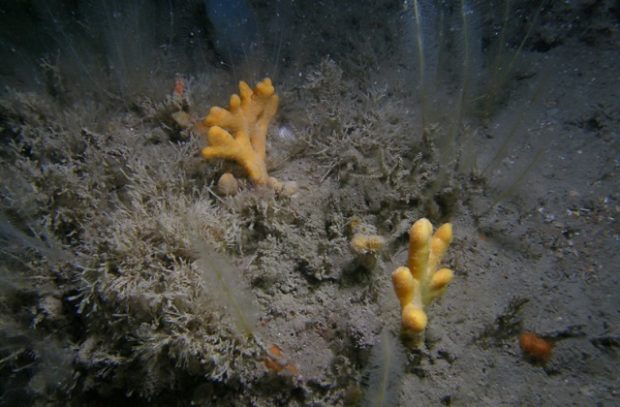
The Benyon Review into Highly Protected Marine Areas was published today, on World Ocean Day. The Review recommends that government should introduce HPMAs in conjunction with the existing MPA network. These would be areas of our seas set aside for the protection and recovery of marine ecosystems which prohibit extractive, destructive and depositional uses and allow only non-damaging levels of other activities. Natural England has been seeking the introduction of the highest level of protection for some areas of England’s seas for many years, so this review and its recommendations are very welcome.
But we have so many marine protected areas now, why is it so important that we have HPMAs?
Our marine environment is precious and fundamental to the prosperity of the nation. Marine habitats and species, such as seagrass, sandy seabeds and reefs, support important fisheries, help to mitigate the impact of climate change, provide raw materials for industry and provide opportunities for recreation. Despite this importance marine biodiversity continues to be lost.
Protection of our marine environment has improved dramatically in recent years. In the 1990s, only 330 hectares of our seas were protected, in a single Marine Nature Reserve at Lundy, whereas today Marine Protected Areas (MPAs) around England cover an area of around 9.1 million hectares. This compares with 1.1 million hectares protected on land in Sites of Special Scientific Interest.
You would think that with such a large area (40%) of English waters protected in MPAs all would be well. The fact is that our current MPAs provide only partial protection to the wildlife within them because protection and management is focussed only on selected habitats and species, leaving some areas of many existing MPAs unprotected. Existing MPAs do remove the most damaging activities but they are still subject to myriad pressures from less damaging activities, even if managed. The sad fact is that we know very little about what marine ecosystems could look like in the absence of human pressures. This is where HPMAs come in.
By removing the majority of direct human pressures, HPMAs will not only better protect all the habitats and species within them, they will also allow us to develop our understanding of the recovery potential of the marine environment. This will help us not only to put the most appropriate management in place in our MPA network but to better manage our wider seas outside MPAs.
Natural England looks forward to seeing the government and public response to the Benyon Review.
By Angela Moffat, Principal Specialist, Natural England